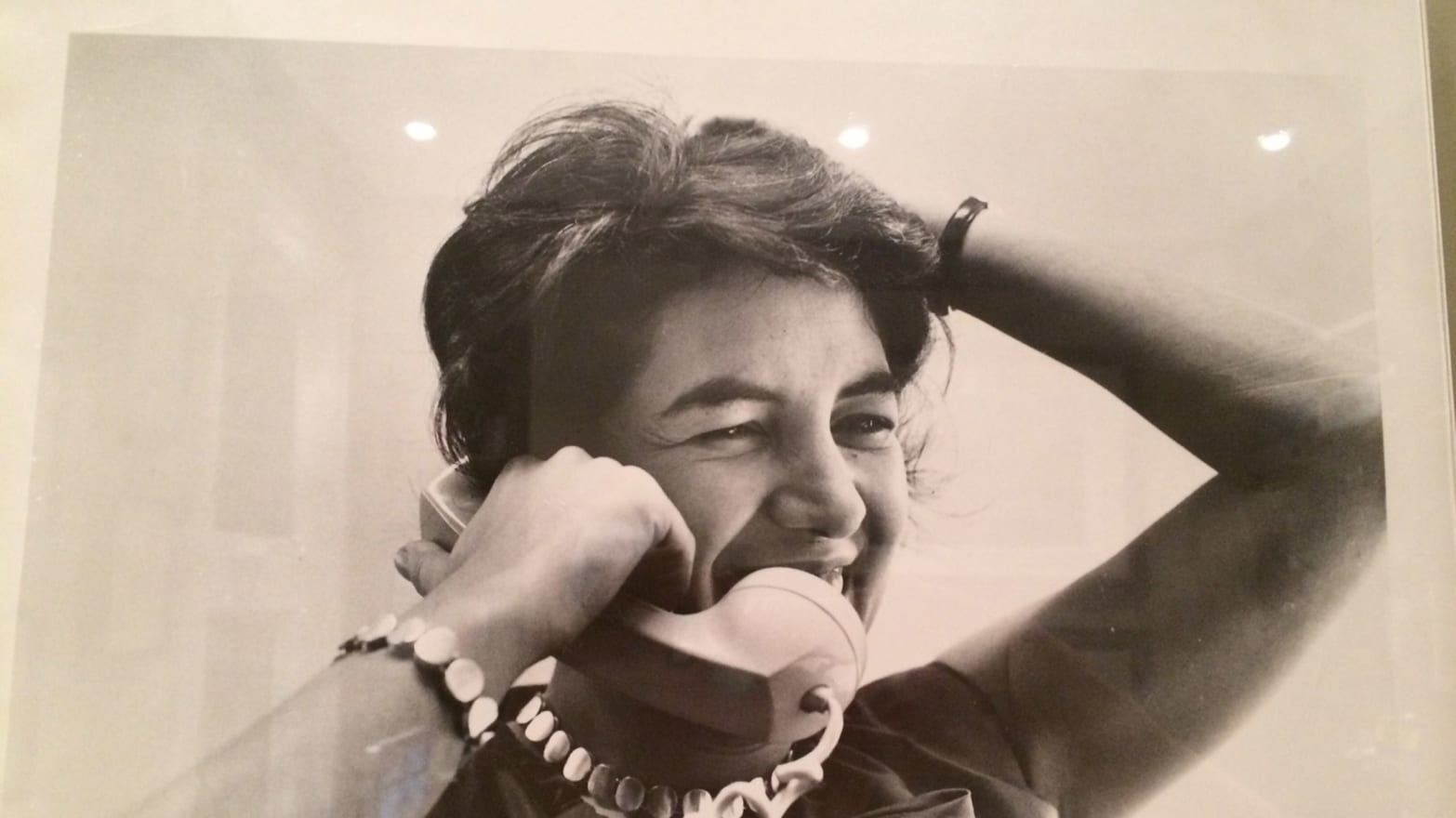Real estate, so an industry proverb goes, is a circle of men holding a revolver to one another’s heads. One moment’s hesitation—and bang—they’re all dead. But while alive they act and react with the adrenaline-rush of men who’ve got it all-on-the-line and who are hopelessly, haplessly connected to one another.
For three years I’ve been immersed in this masculine mesh of mistrust, reporting my latest book: The Liar’s Ball: The Saga of how One Building Broke the World’s Toughest Tycoons. From my interviewees I’ve heard multiple versions of the same story: of how an entrepreneur’s financial success made multi-millionaires of his golfing foursome: he required a banker, a lawyer, a broker on the way up… they could talk bidding strategies, term-sheets and loans while driving and putting. It saved everyone time.
“You need people who are loyal to you if you are an entrepreneur” explains Eric Schwartz one former member of Deutsche Bank’s real estate group. What he didn’t say, but I ended up deducing from my research is that loyalty in this group is an exclusively male concern.
“We make the Wolf of Wall Street look tame,” one of my sources for the book told me. He outlined a relationship-based world in which the fee-earning professionals do whatever it takes to stay on the right side of the principle. Requirements include trips with mistresses to Las Vegas. “You bring a girl, I’ll bring a girl and if you don’t have a girl I’ll find you one…” one of my characters, a (married) “tycoon” generously offered to his (married) broker. Closing parties take place in hotel suites where the ratio of prostitutes to men is five to one.
The decadent lifestyle is as much a part of the adrenaline-fuelled risk-taking as is the daily battling over buildings, suing competitors, raising leverage; work-is-life and vice versa to these “rough riders” and it’s all one big intoxicating gamble. The impetus to win is valued far more highly than anything else, including, ironically, money—which explains why, in the development world, there are just as many spectacular falls as rises.
It’s not really a surprise then, that of all industries, real estate, despite being by far the largest market in the United States, remains the least attractive arena for women. Yes, there is a sprinkling of very successful women on the circumference—namely in the broking, banking and legal professions—but the central role of the developer remains dominated by men. The exceptions tend to be either daughters (for example, Ivanka Trump) or wives (Zhang Xin) but even their remarkable headway is blighted by a steady stream of chauvinist chatter about what they wear to meetings as well as speculation that they are only in the room because of either their father or husband respectively.
So, it was a treat as I was researching all this testosterone to stumble over a woman who played in this arena, and who played faster, harder, and wilder than the men. And the most interesting fact? She was better than them all!
Five feet two inches tall, Cecilia Benattar came from a working-class background in Manchester, England. She arrived in New York in her early thirties and didn’t even know where Times Square was. This didn’t stop her from pulling off the business shock of the decade in 1964. Functioning as the North American representative of the dashing British developer Max Rayne (later Lord Rayne] who was happy to delegate from London, she negotiated to partner with General Motors, then the biggest company in the world. To secure their interest she bluffed. She introduced a bunch of strangers to the GM board as “my staff”; she went around a conference room and said “Meet my CFO,” etc., of people she’d met the night before in order to give the false impression she was running a behemoth on a par with theirs. If she’d been discovered as a fraud, as the one-woman shop she truly was, what did she care? She had nothing to lose. “This was my chance at the brass ring. … I had no fear,” she said.
She struck a deal to pull down the Savoy Plaza Hotel, a treasured McKim Mead and White Hotel in New York’s midtown in the face of protests in the streets. She quelled those by changing the topic. She held a private auction of the hotel’s contents; it was the chicest second-hand sale New York society had ever seen: “It took a woman to think of this piecemeal disposal,” wrote Gloria Steinem in Ladies’ Home Journal. Yet being a woman was not something Benattar dwelt on. “I strive to make people forget me as a woman and see me just as someone who knows her job,” she said in an interview.
In the hotel’s place, she erected a gleaming new 50-story trophy building to house General Motors in what was then considered a deserted New York location. Her job was to make it attractive.
She pretended to hold an architectural competition but in reality handpicked Edward Durrell-Stone, because she felt she could control him. With the help of a lawyer named Jesse Wolf, a partner at a then tiny legal partnership named Weil, Gotshal & Manges LLP, she personally wrote every single lease in the building and chose every single non-GM tenant. They were all leading global brands: Estee Lauder, Revlon, the advertising firm Wells Rich and Greene and the broking firm Carter, Berlind, Weill & Levitt. Because of this, the building became the symbol of global excellence.
She broke with the mafia that controlled New York real estate and, instead, staffed the building with ex-convicts, many from minority backgrounds, because she believed in second chances.
She would put in long days and nights, chain-smoking and drafting and reading every word on every document personally. But she always left the office in time for dinner with her four children—and then she’d reappear back, smokes in hand. Her mother, she said in interviews, helped run her household. Her husband, an architect, worked for her until in the early 1970s she fired him and married another guy, a lawyer, who also worked for her.
She was very busy leasing in 1969 when her youngest daughter was born, so she didn’t name the baby for six months. Inevitably, there were jokes about this. She didn’t care. She was supremely self-assured. She liked crosswords: she once entered a national competition and thought she might win, so she shut down the offices for two weeks so her employees could help her win it.
She was fiercely loyal to those she respected. She worshipped Rayne and they corresponded daily by telex; she repaid Jesse Wolff by insisting Weil Gotshal lease space in the GM building; she promised him they’d remain the only law firm in situ and that this would be the making of them. She was right. The little firm became GM’s lawyers and evolved into one of the most dominant legal firms in the world.
Her downfall came about, because for a second she forgot that to swim in the shark pool, you have to always act like a shark.
She refused to participate in political bribery, which is the unspoken prerequisite backbone of this world. New York Mayor John Lindsay asked her for $100,000 for a potential presidential campaign. She refused on principle.
And it was this that felled her. Lindsay reneged on a deal to rezone a second residential building she was converting to commercial use; this cost Rayne millions and, against her wishes, he decided it was time to get out of New York. It was time to sell the GM building, something his son says he regretted until his death in 2003. Had he held on to it, the building would have been worth more than the rest of his vast portfolio combined.
Benattar moved to Canada and formed her own real estate company, NIOT—an acronym that stood for Now It’s Our Turn (an acronym that made Rayne laugh). Before her death in 2003 the Canadian developer Paul Reichmann flew her to London’s Canary Wharf to get her input; he was one of the few who knew just how valuable her ideas and her brawn were.
“She wasn’t a woman; she was a man,” is one of the things that was said about her. Her popular nickname was “the housewife tycoon”—not a label one imagines today’s female business leaders, with their talk of leaning in and getting their partners to do the laundry, want said of them.
But Benattar’s story serves as a timely reminder that if we women really want to break into the tawdry circle of men holding revolvers and taking each other to Las Vegas strip clubs, it can be done. The better question might be this: Do we want to go there?
Vicky Ward’s The Liar’s Ball: The Extraordinary Saga of How One Building Broke the World’s Toughest Tycoons is published by John F. Wiley & Sons

